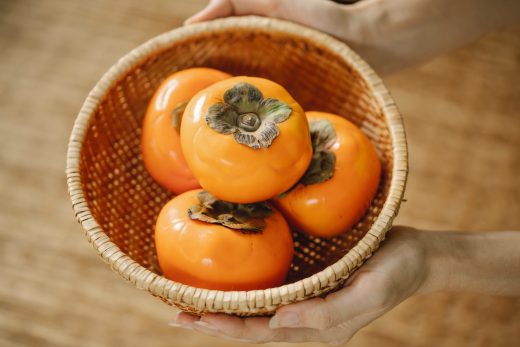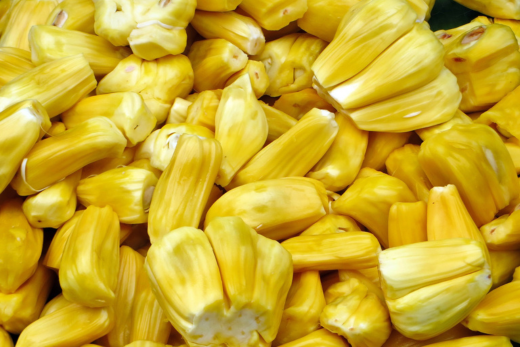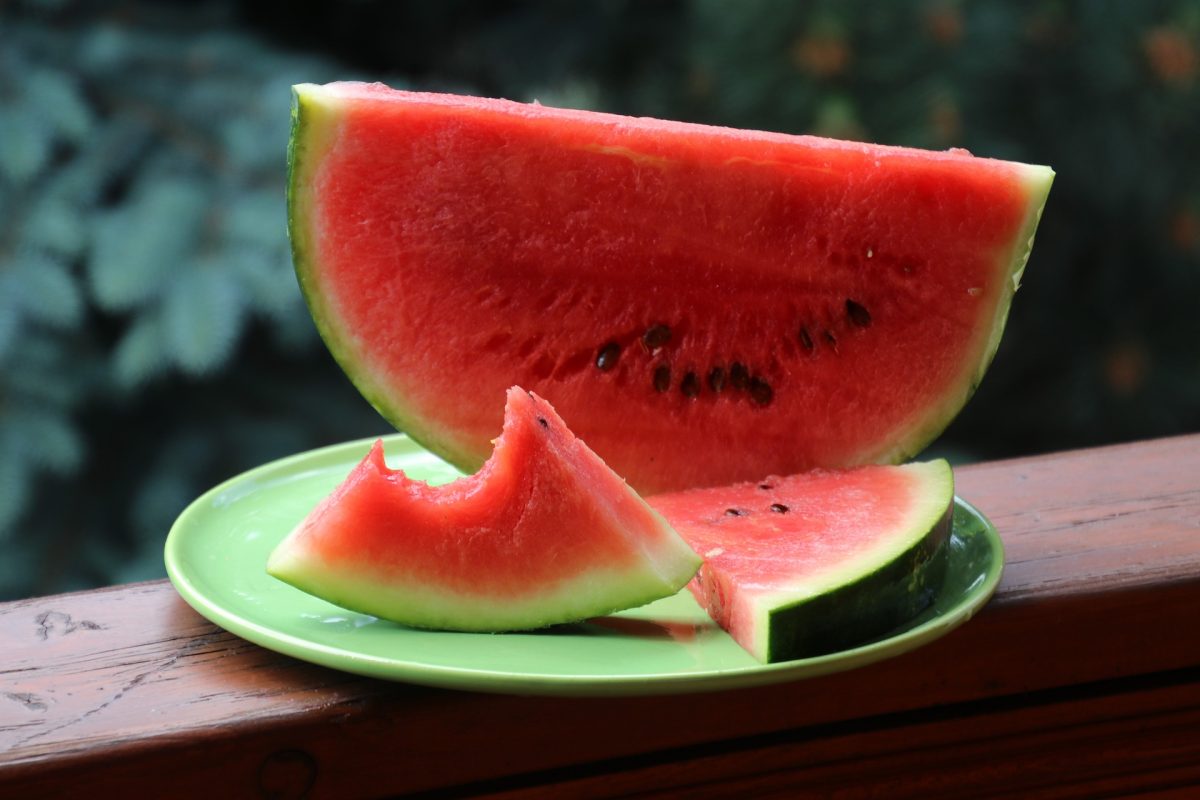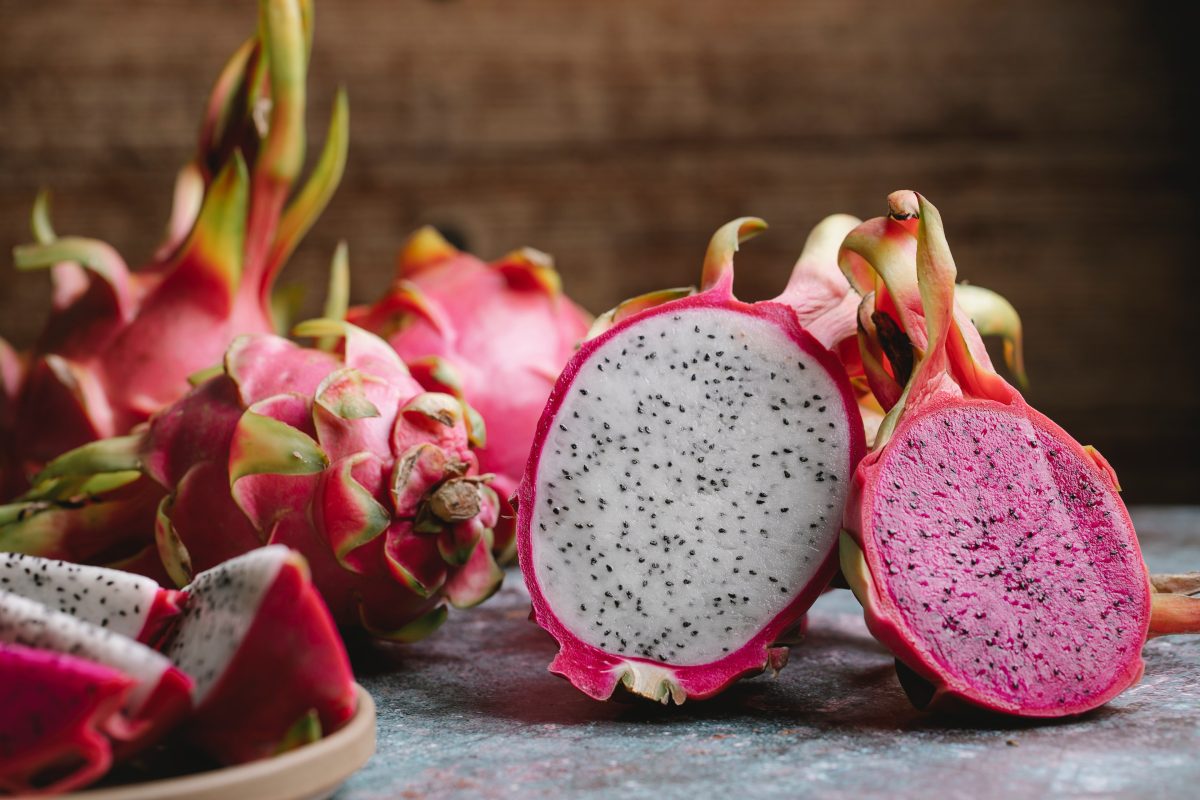Persimmon trees are a wonderful addition to any garden, providing shade and beauty as well as fruit. With the right care, they can grow to be impressively large trees and produce delicious fruit year after year. Persimmons are related to mangoes, but they don’t need hot weather and they aren’t tropical plants like mangos are – though persimmons do like warmer regions than most other fruits do!
In this article, we will explore the steps you need to take to successfully grow persimmon trees, including choosing the right location, planting and pruning techniques, and tips for maintaining healthy trees. By following these guidelines, you can enjoy the sweet taste of fresh persimmons straight from your own garden!
What Is A Persimmon?

A persimmon is a fruit that grows on trees in the ebony family.
The tree itself is native to China and Japan, but it now grows in U.S. Department of Agriculture plant hardiness zones 5 through 9. Persimmon trees produce large leaves that turn yellow or orange before dropping off in the fall.
They’re an easy-to-grow fruit tree in milder climates and are low-maintenance once you get them established. They’re disease resistant and drought-tolerant making them an excellent addition to a small garden.
Persimmon Types
American Persimmon
This variety is a larger species with the potential to reach 65 feet in height and produce smaller, more astringent fruits. They need a lot of space, but even though they make smaller fruits, they’re a hardier plant that can thrive in USDA Zones 4-9.
Oriental Persimmon
This is probably the most well known variety with several cultivars. There are two main groups that are divided according to their fruits: astringent and non-astringent. These varieties are less cold-hardy and only do well in USDA Zones 7-10.
Sourcing Seeds
While you can buy small grafted trees in order to produce very specific characteristics, seeds are also a possibility.
When collecting your seeds, make sure to only harvest from fresh and fully ripened fruits. You don’t want re-packaged seeds as they lose vitality over time.
Cut your ripe fruit in half, lengthwise to find the ripe seeds. They should be dark brown in color. Rinse the seeds of any flesh and juice and then soak them in water for 2 to 3 days.
Sowing
To get your seeds started you want to source some tall pots with plenty of drainage. Persimmons like moist and not soggy soil and develop a very long taproot so you want to give your seedlings plenty of space to develop a healthy root.
This root starts to grow before you see any leaves, sow your seeds 2 inches deep and 3 inches apart.
Persimmon seeds require what’s called stratification. This means that the seeds need to remain cool and moist for several weeks.
Depending on where you live, you can start them over the winter and keep the pots outside with some leaf mold insulation. During this period, you cannot let the soil dry out.
If you live outside of their natural growing zone, then stratify the seeds inside. Use damp paper towels to wrap the seed in and place them in a plastic bag or jar. Put the wrapped seeds in the cool cellar or in your fridge for 3 months.

Soil
These trees thrive in loamy and very rich soils. You don’t want sandy soils for these trees. They can even thrive in soils with a higher clay content as long as there’s still good drainage.
If your soil is low in nutrients or heavy on the compact clay, then it’s worth the effort to amend with organic compost. They prefer their soil from neutral to a little on the acidic side, so between 6 and 6.5 pH.
Fertilizer
Do not fertilize at planting time. These trees are very sensitive to fertilizers when they’re young. You need to give them a few years to grow before considering fertilizer. If, after a few years, you don’t see nice, deep green leaves or more than a foot of growth per year, then apply a balanced fertilizer in the late winter or the early spring.
Care
The persimmon tree is a slow-growing perennial that can live for more than 100 years. It requires little maintenance, but it will benefit from regular watering and pruning.
They prefer full sun to get a full, healthy crop of fruit and enough water to stay moist without getting soggy.
Watering
Watering is an important part of growing fruit trees and persimmons are no exception. If you have lighter, sandy soil you should be watering your new tree twice per week and once per week if your soil is more on the clay end.
Be sure to soak the root system entirely. Once your tree is established (older than one year), you want to aim for around an inch of water per week.
Pruning
You can prune your tree when it’s young to create a central leader, but older trees don’t need any pruning if they’re producing fruit. You’ll only need to make corrective pruning on these trees. This means removing broken, interfering, or dead/diseased branches.
Leave pruning to late winter or early spring with the tree still dormant.
Harvesting

Harvesting begins sometime in September through the end of November. Depending on the variety you may want to wait until after the first frost to harvest the fruit for perfect juiciness.
Persimmons are very soft when they’re ripe so it’s best to have a tray on hand to place them in. Lay them in a single layer as any weight will easily crush the fruits you’ve already picked.
Your astringent varieties are going to be the softest even before they’re ready to eat. They become very tempting for deer and birds who are going to go after them before they’re ripe for you.
These fruits will ripen off the tree, so you can harvest them while they’re still tough and let them finish ripening in storage.
Non-astringent varieties are harder when they’re ripe and can be harvested when they reach full color. They can also be ripened fully off the tree to protect them from scavengers.





